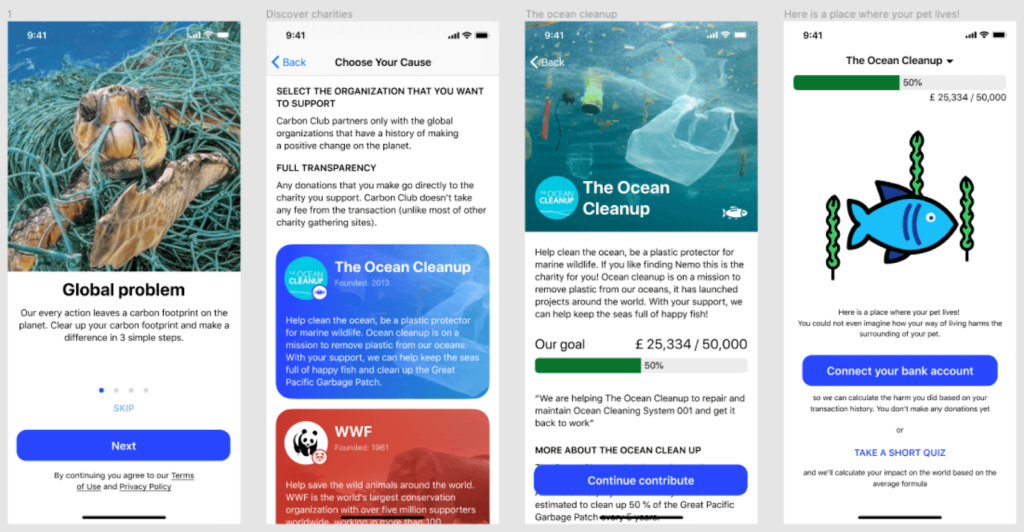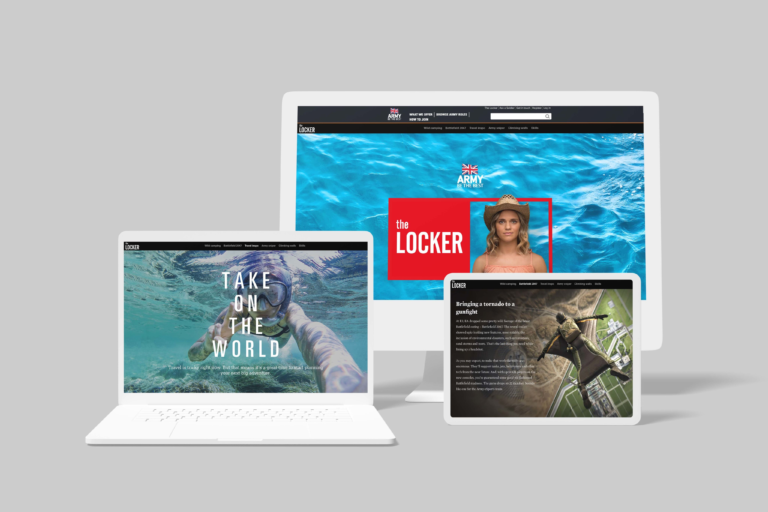
Creating a user-centered website is crucial for delivering a seamless and engaging online experience to your Vietnamese audience. By understanding their preferences, behaviors, and needs, you can design a website that meets their expectations and drives better results for your business. In this post, we will provide you with valuable tips and strategies for creating a user-centered website in Vietnam. From conducting user research to optimizing navigation and content, these techniques will help you prioritize user experience and create a website that resonates with your Vietnamese users.
I. Conduct User Research:

Define your target audience: Gain a deep understanding of your target audience in Vietnam, including their demographics, interests, behaviors, and preferences. This knowledge will help you tailor your website design and content to effectively cater to their needs.
Gather user feedback: Engage with your Vietnamese users through surveys, interviews, or usability testing to collect valuable insights about their experiences, expectations, and pain points. This direct feedback will guide you in making informed decisions for website improvements.
Analyze user data: Utilize web analytics tools to gather data on user behavior, such as page views, bounce rates, and click-through rates. Analyzing this data will uncover valuable patterns and trends, enabling you to make data-driven decisions to optimize the user experience for your Vietnamese audience.
II. Optimize Navigation and Site Structure:
Keep it simple and intuitive: Design a navigation structure that is easy to understand and navigate for Vietnamese users. Avoid complexity and ensure that the website’s menu and navigation labels are clear, concise, and aligned with the expectations of your target audience.
Use descriptive labels: Use descriptive and localized labels for navigation menus and categories, ensuring that they accurately convey the content or sections they represent. This helps Vietnamese users quickly find the information they are looking for and enhances their browsing experience.
Include search functionality: Implement a search bar that enables Vietnamese users to search for specific content or products on your website. This feature provides convenience and allows users to find relevant information efficiently, contributing to a positive user experience.
III. Create Engaging and Localized Content:

Use Vietnamese language: Provide content in the Vietnamese language to cater to the preferences and comfort of your Vietnamese target audience. This ensures that users can easily understand and engage with your content, increasing their overall satisfaction.
Customize content to Vietnamese culture: Tailor your content to align with Vietnamese cultural preferences, values, and traditions. Incorporate local references, examples, and storytelling techniques that resonate with the cultural context of your Vietnamese users.
Include relevant and helpful information: Offer valuable and informative content that addresses the specific needs and interests of Vietnamese users. By providing content that is relevant and helpful, you can establish credibility, build trust, and keep users engaged on your website.
IV. Optimize for Mobile Experience:
Prioritize mobile responsiveness: Given the prevalence of mobile internet usage in Vietnam, ensure that your website is fully optimized for mobile devices. Implement responsive design techniques that adapt to different screen sizes and resolutions, providing a seamless and user-friendly experience across devices.
Keep page load times fast: Optimize images by compressing them without sacrificing quality, minimize file sizes by optimizing code and resources, and leverage caching techniques to improve website performance on mobile devices. Fast-loading pages are crucial for keeping Vietnamese users engaged and reducing bounce rates.
Simplify forms and checkout process: Streamline forms and the checkout process to make them user-friendly and efficient on mobile devices. Simplify input fields, minimize the number of steps, and offer convenient options such as autofill to enhance the mobile user experience and increase conversion rates.
V. Incorporate Trust and Security Elements:

Display trust indicators: Include trust badges, customer reviews, and secure payment icons prominently on your website to instill confidence and trust among Vietnamese users. These trust indicators assure users of the reliability and credibility of your website and help alleviate any concerns about security.
Ensure data privacy: Clearly communicate your data privacy policies, including how user data is collected, stored, and used. Implement secure data handling practices, such as SSL encryption, to safeguard user information and protect their privacy. Transparency and security measures build trust and contribute to a positive user experience.
In conclusion, designing a user-centered website in Vietnam requires a deep understanding of your target audience and their preferences. By conducting user research, optimizing navigation and site structure, creating engaging and localized content, optimizing for mobile experience, and incorporating trust and security elements, you can create a website that resonates with Vietnamese users and delivers a seamless online experience.
Key Points Summary:
- Conduct user research to understand the preferences, behaviors, and needs of your Vietnamese audience.
- Optimize navigation and site structure to provide a clear and intuitive browsing experience.
- Create engaging and localized content that aligns with Vietnamese culture and addresses specific user needs.
- Prioritize mobile responsiveness and optimize performance for mobile devices.
- Incorporate trust indicators and ensure data privacy to build trust among Vietnamese users.
Contact us today to discuss your website design needs and leverage our expertise in creating user-centered websites for the Vietnamese market.






